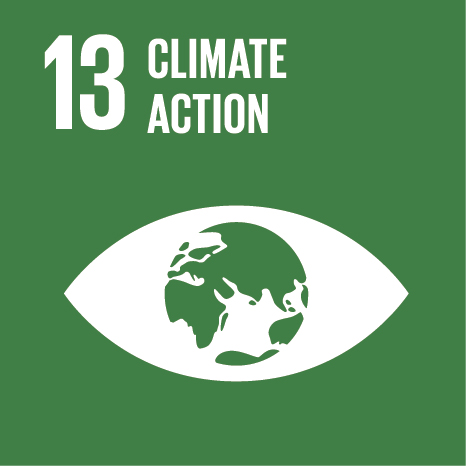Current Relation between Ecological Footprint and Country Risk Premium
Event Title
7th International Conference on CSR, Sustainability, Ethics and Governance
Year (definitive publication)
2021
Language
English
Country
Portugal
More Information
Web of Science®
This publication is not indexed in Web of Science®
Scopus
This publication is not indexed in Scopus
Google Scholar
This publication is not indexed in Overton
Abstract
In the context of yearly ecological overshoot, policies and financial initiatives for sustainable management of natural resources appear in increasing numbers. This paper illustrates the current trends of foreign investments concerning nature conservation by examining the potential relation between ecological footprint per capita and country risk premium. The analysis is conducted on a panel of 91 countries across 18 years (from 2000 to 2017), using panel data analysis. The findings suggest that the relation between ecological footprint and country risk premium follows an inverse trend, meaning that countries with a very low ecological footprint tend to have unusually high-risk premia and that risk premia tend to get closer to 0% when the ecological footprint is high. The results can be interpreted as a complementarity relation rather than a cause to effect relation, meaning that increased attractiveness to foreign investors by the mean of a lower country risk premium currently implies a higher consumption of biocapacity.
Acknowledgements
--
Keywords
Ecological footprint,Country risk premium,Investment,Ecological Sustainability
Contributions to the Sustainable Development Goals of the United Nations
With the objective to increase the research activity directed towards the achievement of the United Nations 2030 Sustainable Development Goals, the possibility of associating scientific publications with the Sustainable Development Goals is now available in Ciência_Iscte. These are the Sustainable Development Goals identified by the author(s) for this publication. For more detailed information on the Sustainable Development Goals, click here.

 Português
Português


